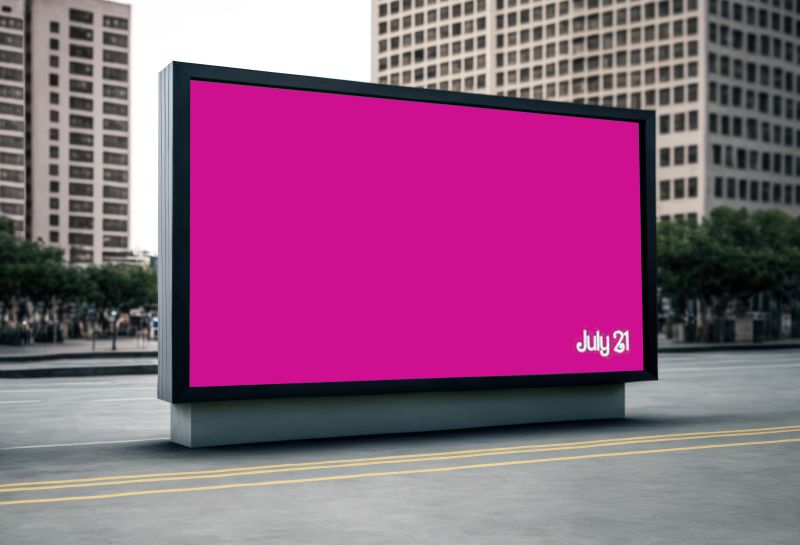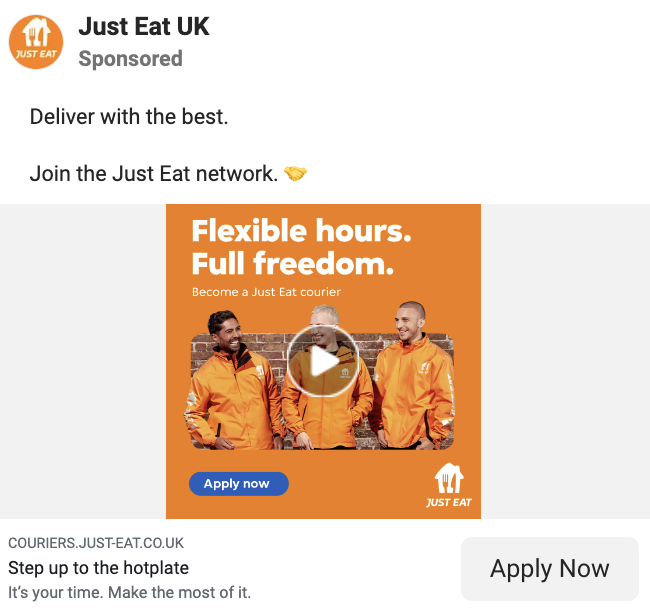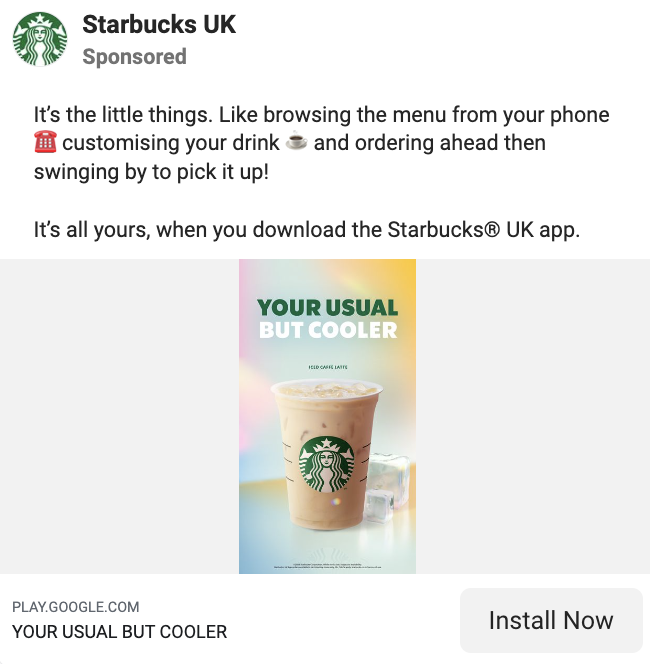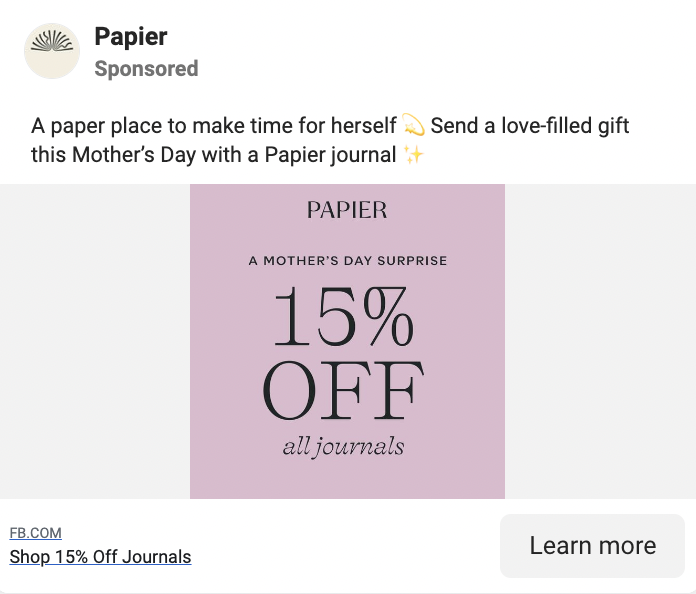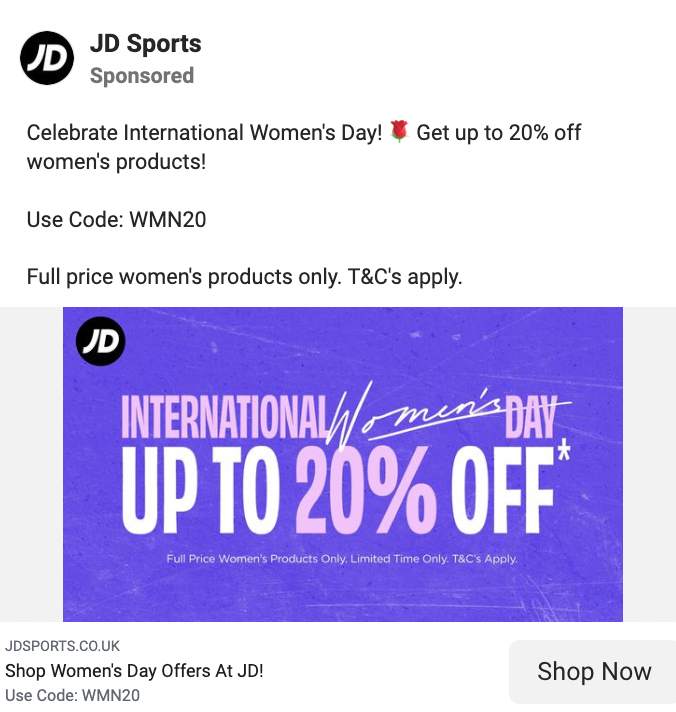Digital marketing evolves, and it evolves quickly- which is why it is crucial to stay ahead of the game by exploring every means of connection with your audience. SMS marketing is often overlooked as a marketing channel, with the return on your efforts underestimated. Keep reading to find out more about SMS marketing and why it should not be overlooked…
We are surrounded by generations who spend very little time away from their smartphones, which is why targeting customers where you know they will see it is both simple and effective. SMS marketing subscribers are engaged potential or repeat customers. Your messaging needs to be quick, powerful and impactful in order to get this mix of subscribers back on your site.
The advantages of SMS marketing are endless, with great platforms like SMSBump making it incredibly easy and accessible. These include:
Higher ROI (return on investment)
One of the most notable benefits of SMS marketing is its potential to deliver a higher ROI. Due to the accessibility and common/frequent use of SMS, campaigns tend to have exceptionally high open and click-through rates, naturally resulting in more actions being taken.
Easy setup and automation
SMS marketing doesn’t require elaborate design work or complex campaign setups. With platforms like SMSBump, campaigns can be set up very easily, and the same goes for automated sends. These are triggered by specific customer actions e.g. abandoning cart. All you need is powerful short-form copy to capture your audience’s attention and drive them to take action.
Increases customer retention
Inevitably, the cost of retaining customers is lower than investing in new ones. So having an SMS marketing strategy that explores retention marketing is crucial. Naturally, it makes sense to keep your SMS subscribers engaged to ensure that they remain interested and loyal to your brand- let them know of any new product launches and send over exclusive discounts to incentivise them to purchase, either for the first time or as a rewarded loyal customer.
How do you get started with SMS marketing?
1 – Firstly, to begin your SMS journey you need to prepare subscriber capture methods. Implement strategies such as website popups prompting visitors to sign up for SMS alerts. Drive them to do so by incentivising them with exclusive discounts such as 10% or 15% off their next purchase. This initial step is crucial for building your SMS subscriber list with engaged customers.
2 – While you are getting to know the basics and furthering your knowledge of SMS it is important to update your compliance to ensure that your terms of service and privacy policy include SMS. With the goal of being as transparent as possible with your customers, you need to include things like a description of the service, clear opt-out instructions and a link to your Privacy Policy. A full list and more information can usually be found with the help of your chosen SMS platform.
3 – In order to streamline your marketing efforts you’re going to want to integrate your SMS marketing with your existing email marketing provider. This integration allows you to sync subscribers and subscriber data, creating a unified approach to reaching your audience for omnichannel retention marketing. You can also encourage your existing email subscribers to sign up for SMS to access ‘more exclusive deals’.
4 – Once you’re all set up, you can kickstart your SMS marketing strategy with automated flows. Automated flows are triggered by specific subscriber actions or events. You can start with things such as a welcome flow for new subscribers, abandoned cart reminders to recover potential sales, or post-purchase flows that upsell their next purchase. Winback flows can also be implemented for subscribers who abandon their browsing session or don’t return to purchase for more than 45 days. You can offer attractive discounts to low engagers in order to rekindle their interest.
5 – As your subscriber list grows, it’s time to start thinking about campaigns. Preparation is key, so create a content calendar with a regular schedule, aiming for at least 2-3 campaigns per month to begin with. Segment your audience based on various factors, such as their purchase history or browsing behaviour. This segmentation enables you to tailor your messages and create targeted content for different groups of subscribers. This allows you to appeal to a wider range of customers and keep them engaged accordingly.
And there you have it, the key to getting started with SMS marketing! 🚀
If you want to find out more about adding SMS to your marketing strategy, or how we can help you elevate your marketing strategy as a whole- get in touch today.


